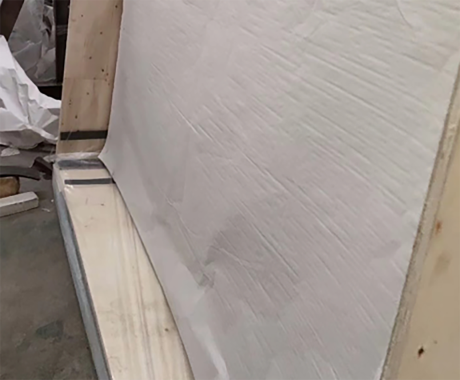

The Enchantment of Glass Mirrors
In the realm of home decor and personal expression, few items hold as much allure and significance as a glass mirror. This seemingly simple object serves not only as a reflection of our physical selves but also as a canvas for our desires, aspirations, and even our fears. Glass mirrors, with their elegant surfaces and intricate designs, have captivated humanity for centuries. Their history, craftsmanship, and psychological impact are worth exploring.
Historically, mirrors have evolved dramatically since their inception. The earliest forms of mirrors were crafted from polished stones such as obsidian, while the first glass mirrors emerged in the Roman Empire, made by coating glass with metal. It wasn't until the 16th century that the production of high-quality glass mirrors gained momentum in Venice, where skilled artisans developed techniques that would lead to the opulent mirrors we are familiar with today. These mirrors were not only prized possessions but also symbols of wealth and prestige, often adorned with elaborate frames that reflected the grandeur of the period.
The design of glass mirrors has transcended mere functionality, evolving into sophisticated art forms. From ornate baroque styles to minimalist modern designs, mirrors enhance a space's aesthetic appeal. A well-placed mirror can create the illusion of spaciousness, reflecting light and drawing the eye, thus transforming a room's ambiance. Interior designers often leverage mirrors to optimize natural light, making a space feel brighter and more inviting. The interplay of reflections can also introduce depth and complexity, encouraging visual exploration within a room.

Beyond their decorative and practical uses, glass mirrors carry deep psychological significance. They serve as windows into our identities, prompting introspection and self-evaluation. For many, standing before a mirror is a ritual of self-affirmation, a moment to assess not just our appearance but our state of mind. They can be a source of comfort and reassurance, allowing individuals to connect with themselves and their emotions. Conversely, mirrors can evoke feelings of insecurity or self-doubt, particularly in a society that often emphasizes physical appearance.
In the age of social media, the impact of mirrors has magnified further. With the rise of selfies and digital imagery, mirrors have become essential tools for self-presentation. Individuals use reflective surfaces to curate their images, crafting an identity that aligns with personal branding or societal expectations. This trend raises questions about authenticity and self-worth, as the line between reality and curated personas grows increasingly blurred.
Culturally, mirrors have been associated with various rituals and symbolism. In many traditions, they are believed to possess the power to capture souls or ward off negativity. For instance, in Feng Shui, the placement of mirrors is vital for enhancing energy flow in a space. This illustrates how mirrors serve not only as functional objects but also as vessels of belief and cultural significance.
In conclusion, glass mirrors are far more than mere household items. They encapsulate a rich history, showcase exquisite craftsmanship, and hold profound psychological meanings. As tools for both self-reflection and expression, they challenge us to confront our identities while also enhancing our surroundings. Whether used for practical purposes or as artistic focal points, mirrors will continue to enchant and inspire generations to come. Thus, the next time you gaze into a glass mirror, consider the layers of meaning and the intricate dance between reflection and reality that lies within its polished surface.